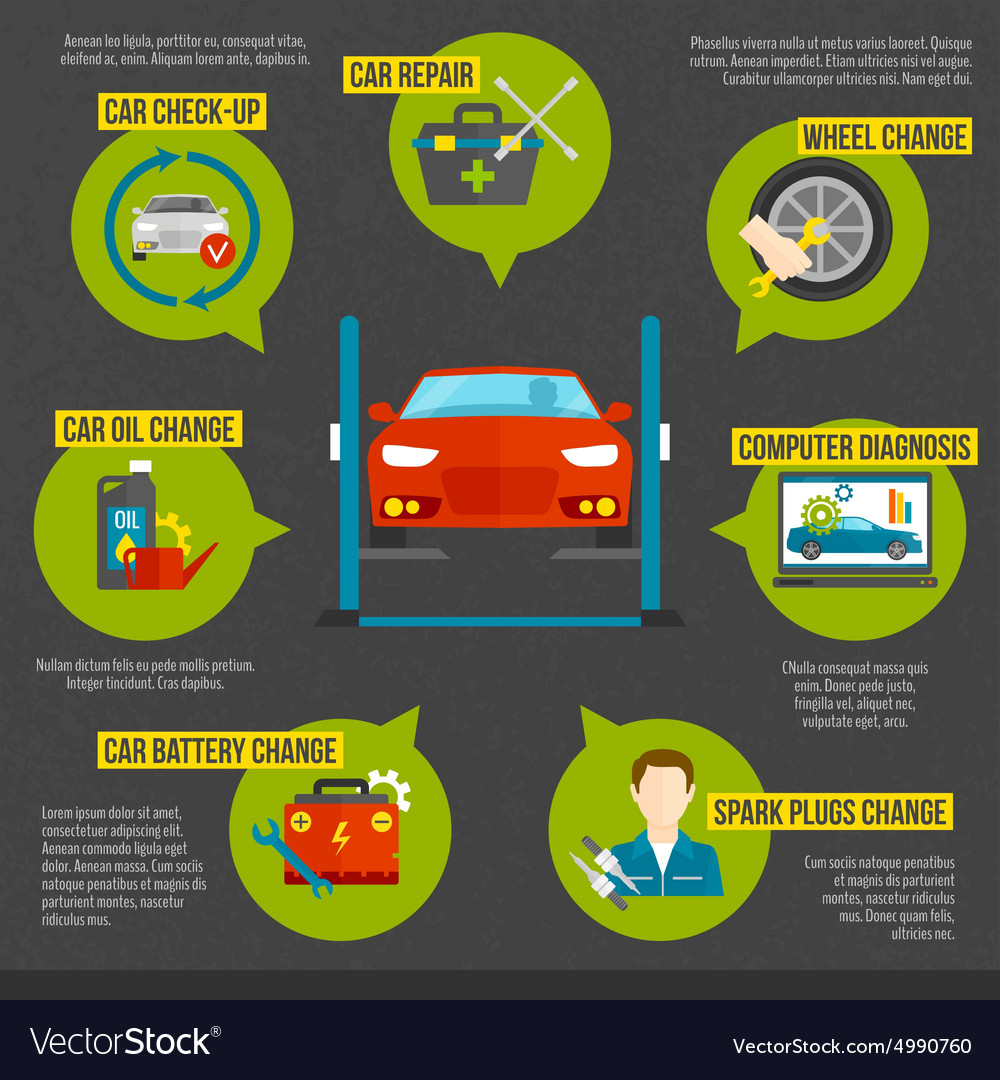Open The Hood To Examine Usual Brake System Faults And Their Solutions
Open The Hood To Examine Usual Brake System Faults And Their Solutions
Blog Article
Content By-Flynn Damborg
When it concerns your car's brake system, recognizing usual concerns can conserve you from potential safety and security threats. From recognizing brake pad wear to resolving brake fluid leaks, understanding exactly how to tackle these troubles is important. Yet what regarding those mushy brake pedals? There's a repair for that too. Keep tuned to find out more about these problems and the functional solutions that can keep you safely when traveling.
Brake Pad Wear and Substitute
When it pertains to preserving your lorry's brake system, one essential aspect to watch on is the wear and replacement of brake pads. https://motor-vehicle-chassis84061.atualblog.com/35962111/baffled-concerning-exactly-how-to-select-the-ideal-vehicle-repair-shop-check-out-essential-pointers-for-assessing-neighborhood-mechanics-to-ensure-your-lorry-gets-credible-treatment are essential components that push against the brake rotors to reduce or quit your car. Gradually, these pads wear down as a result of friction, calling for routine inspection and replacement to guarantee your brakes operate effectively.
To determine if your brake pads need replacement, pay attention for shrilling or grinding sounds when you use the brakes. Additionally, if your vehicle takes longer to quit or you observe resonances or pulsations when stopping, it might be time to replace the brake pads.
Overlooking worn brake pads can result in decreased braking performance, damages to various other brake parts, or perhaps brake failing.
Changing brake pads is a fairly simple process for several cars. However, if you're not sure or uneasy doing this job, it's best to consult a specialist auto mechanic to make sure proper installation and ideal brake efficiency.
On a regular basis checking and replacing brake pads is crucial for your security and the durability of your automobile's stopping system.
Brake Liquid Leaks and Upkeep
To guarantee your car's brake system works efficiently, it's important to also pay attention to brake liquid leakages and upkeep. Brake liquid is essential for transferring the force from your foot on the brake pedal to the real stopping mechanism. One typical problem with brake fluid is leaks, which can occur due to tatty brake lines, seals, or links. If https://deanrhxod.kylieblog.com/30358009/the-future-generation-of-auto-fixing-technologies-in-technology-and-the-maintenance-of-electric-cars notice a pool or leaks under your auto, it's essential to deal with the leak promptly to stop a prospective brake failing.
Consistently examining your brake liquid degree is vital to maintaining your brake system. Reduced brake liquid can result in air getting in the brake lines, which endangers braking performance.
Additionally, old or contaminated brake fluid can influence the general effectiveness of your brakes. It's recommended to comply with the supplier's standards on when to change the brake liquid, commonly every 2 years.
Spongy Brake Pedal: Bleeding Brakes
If you've ever before experienced a spongy brake pedal while driving, you comprehend the relevance of maintaining a company and receptive braking system. One common source of a mushy brake pedal is air trapped in the brake lines. When air goes into the brake system, it can bring about a loss of hydraulic pressure, resulting in that unsettling squishy feeling when you press the brake pedal.
To resolve this problem, hemorrhaging the brakes is required. Hemorrhaging the brakes entails getting rid of the air from the brake lines to recover appropriate hydraulic pressure.
To hemorrhage the brakes, you'll need an assistant to help you. Start by locating the brake bleeder shutoff on each wheel, normally located near the brake caliper. With a wrench, loosen up the valve and have your helper press the brake pedal while you observe any type of air bubbles coming out. Repeat this process for each and every wheel, starting from the wheel farthest from the master cyndrical tube and relocating more detailed.
When you no longer see air bubbles and just clear liquid emerges, tighten the shutoff and top up the brake liquid storage tank as needed. Bleeding automotive paint services helps make sure a company brake pedal and improves total braking efficiency.
Conclusion
Now that you recognize common brake problems and how to repair them, you can ensure your vehicle's safety and efficiency. Bear in mind to pay attention for indication like screeching noises or squishy brake pedals, and resolve them immediately. Routine maintenance and timely replacements are key to maintaining your brakes in leading condition. Keep proactive and attentive to your brake system to appreciate safe and dependable driving experiences.
